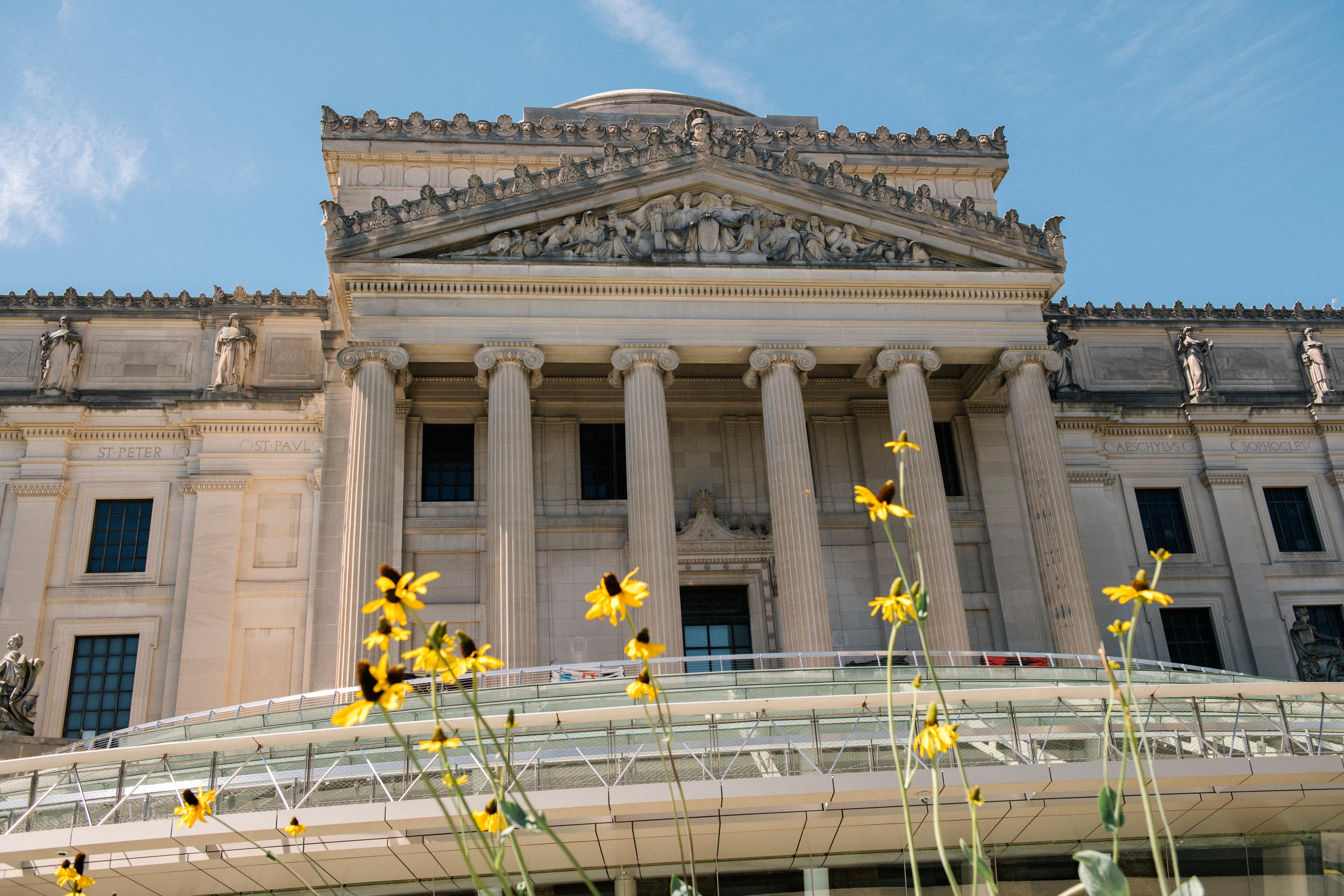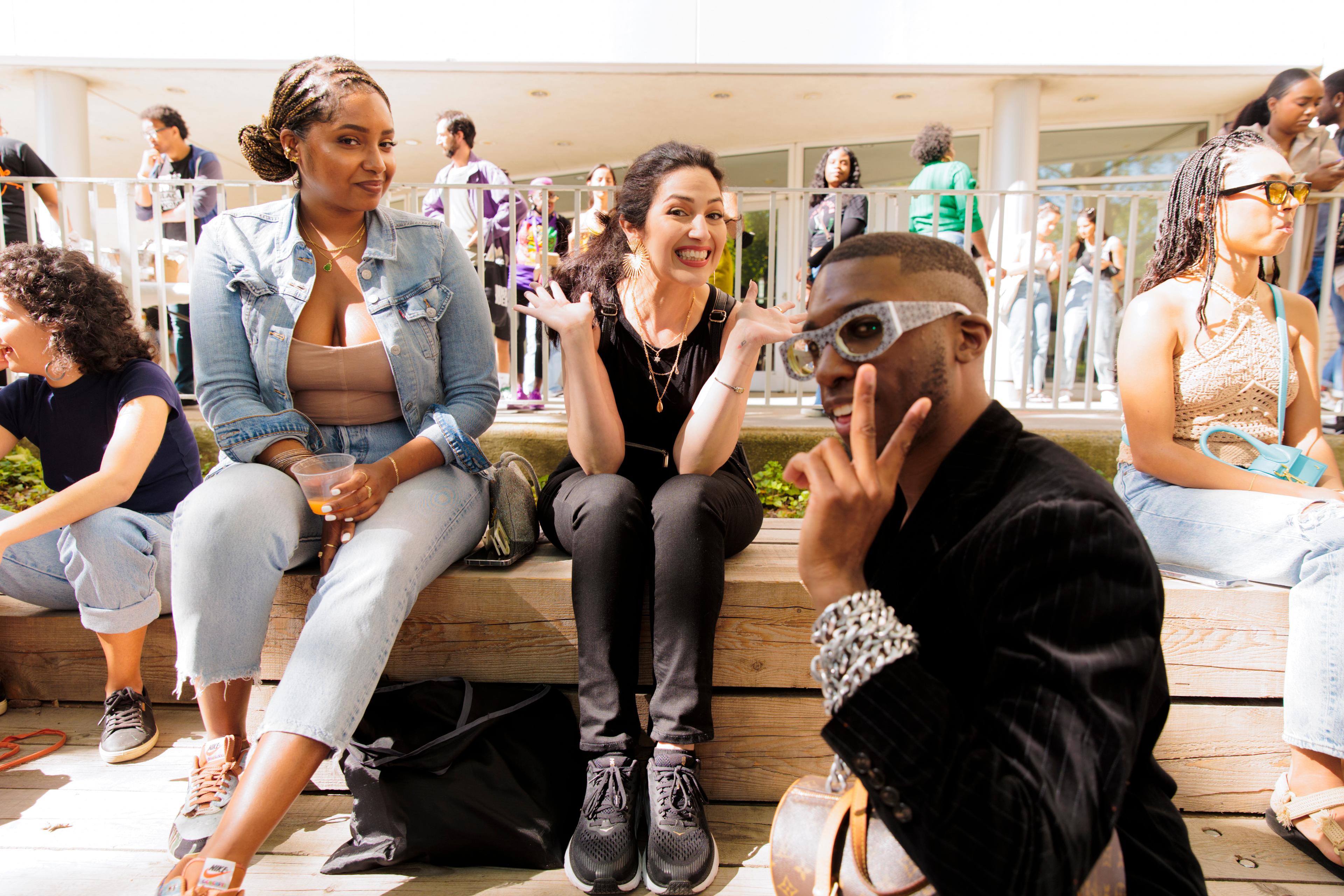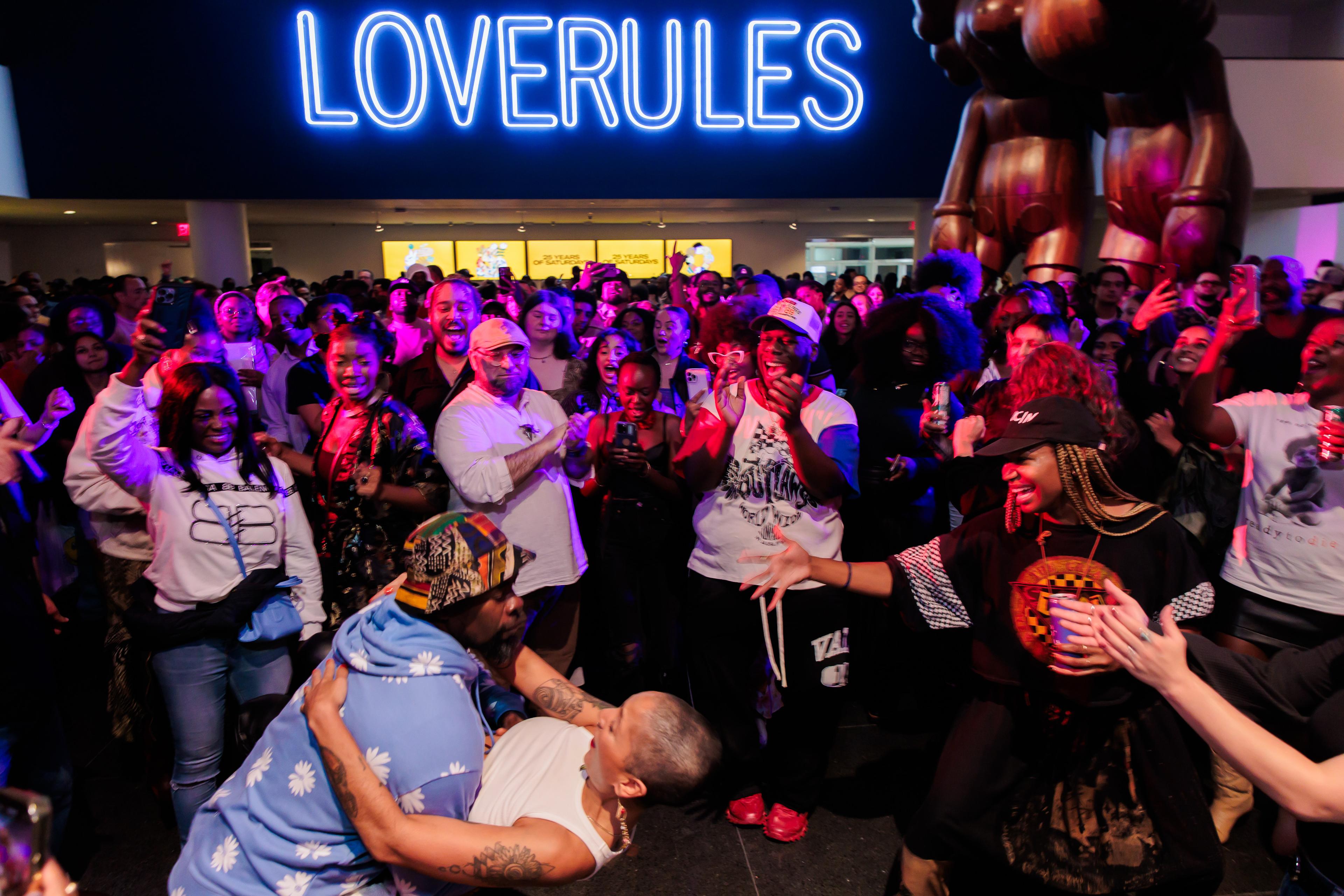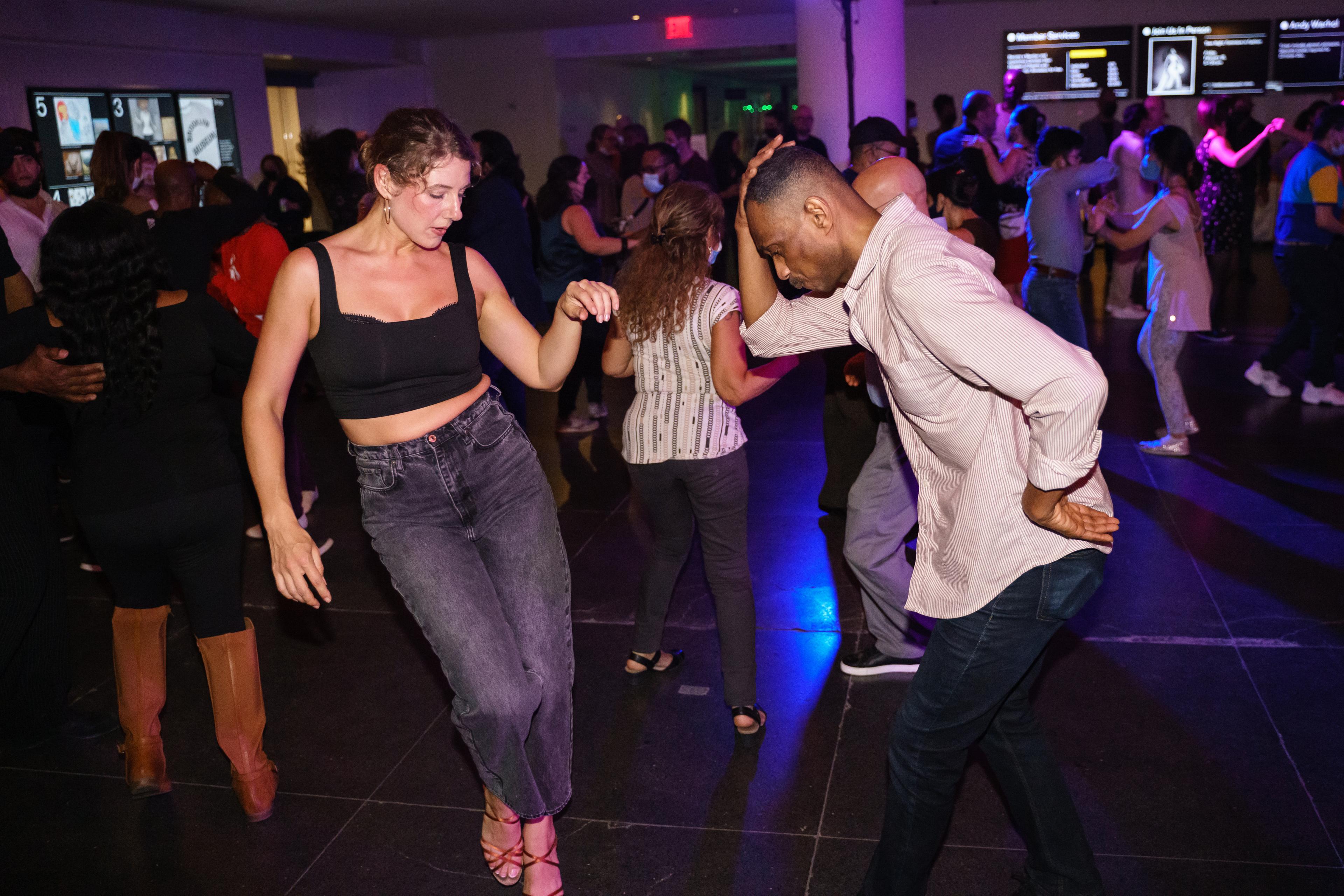About the Museum
For 200 years, the Brooklyn Museum has been recognized as a trailblazer. Through a vast array of exhibitions, public programs, and community-centered initiatives, it continues to broaden the narratives of art, uplift a multitude of voices, and center creative expression within important dialogues of the day. Housed in a landmark building in the heart of Brooklyn, the Museum is home to an astounding encyclopedic collection of more than 140,000 objects representing cultures worldwide and over 6,000 years of history—from ancient Egyptian masterpieces to significant American works, to groundbreaking installations presented in the only feminist art center of its kind. As one of the oldest and largest art museums in the country, the Brooklyn Museum remains committed to innovation, creating compelling experiences for its communities and celebrating the power of art to inspire awe, conversation, and joy.

Our mission
To bring people together through art and experiences that inspire celebration, compassion, courage, and the will to act.
Our vision
To be the place where art is a powerful force for personal transformation and social change.
Our values
We believe in the Transformative Power of Art
We create moments of joy, wonder, and inspiration through exceptional exhibitions and programs that amplify a multitude of voices and offer fresh perspectives on the world and ourselves.
We inspire Connection and Belonging
We foster a sense of welcome and belonging among our diverse visitors and communities, whether they‘re from down the street or around the globe.
We support Freedom of Expression
We encourage the good-faith exchange of perspectives as an opportunity to spark conversations that expand our understanding and allow us to treat each other with empathy, care, and respect.
We embrace Complexity
We believe art transcends simple messages, revealing layered narratives that encourage deeper exploration. We champion curiosity over certainty, conversations over declarations, and questions over answers.
Our culture
We are committed to growing diversity, inclusion, and accessibility at every level, with the goals of cultivating equitable experiences for our communities and contributing to systemic change.
Lenapehoking: Land of the Lenape
The Brooklyn Museum stands on land that is part of the unceded ancestral homeland of the Lenape (Delaware) people. As a sign of respect, we recognize and honor the Lenape (Delaware) Nations, their elders past and present, and future generations. We are committed to addressing exclusions and erasures of Indigenous peoples, and confronting the ongoing legacies of settler colonialism in the Museum’s work.
Flagship programs
Community partners
Our relationship with the Brooklyn community is paramount. Through community partnerships, we share our space with the people and organizations working to make Brooklyn more just.
Explore more
Board of Trustees
Our Board of Trustees helps lead the Museum to highlight groundbreaking art, engage powerfully with our community, and share culture through arts education.
Advisors
We are grateful to have a team of knowledgeable advisors who generously lend the Museum their time and expertise.

Members help make it happen
Members fuel the great art, big ideas, and transformative conversations that could only happen here.As a Member, enjoy unlimited access to exhibitions plus exclusive invitations to previews, discounts on food and merch, and much more.



